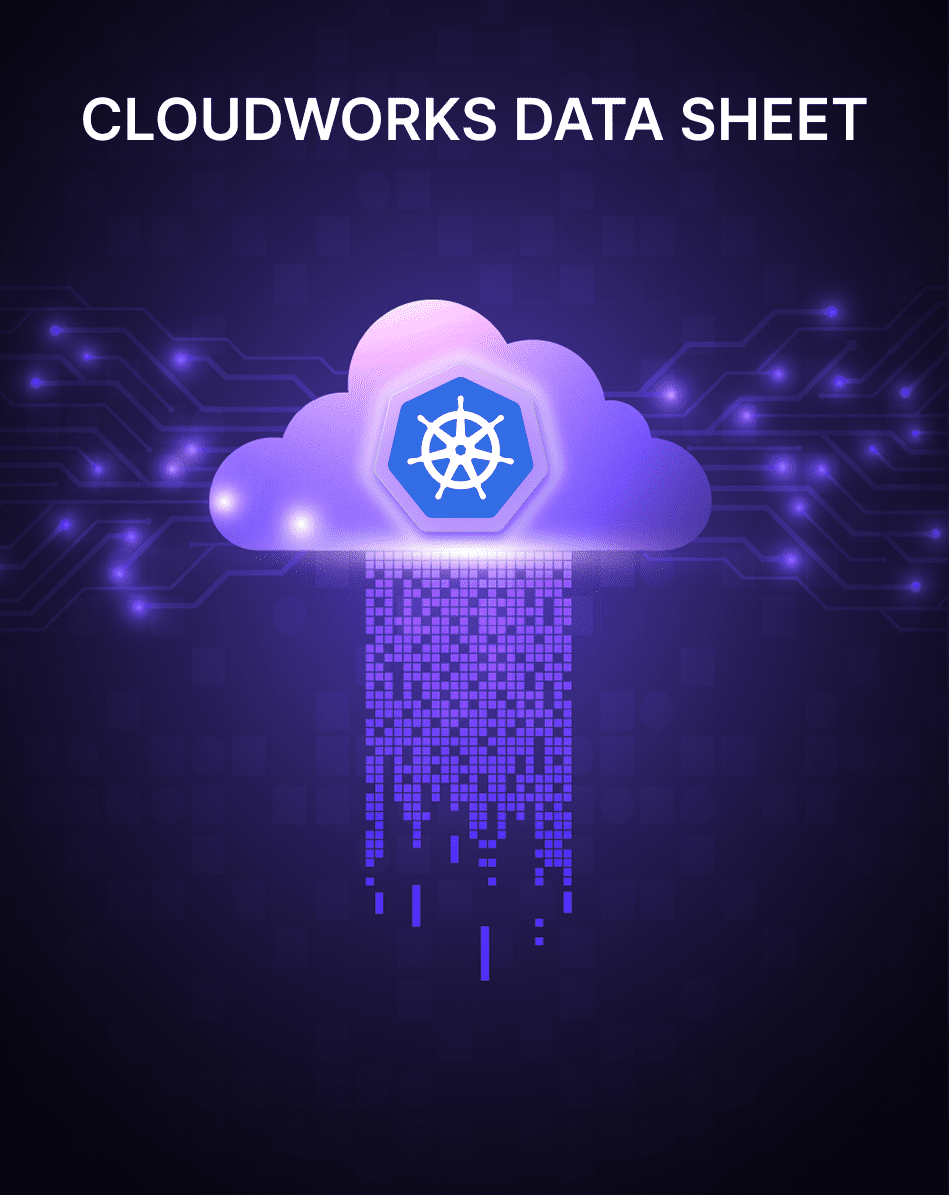Role Types
Primer Like most OpenStack services, keystone protects its API using role-based access control (RBAC). Users can access different APIs depending on the roles they have on a project, domain, or system, which we refer to as scope. As of the Rocky release, keystone provides three roles called admin, member, and reader by default. Operators can grant these roles to […]
Flavors Overview
In OpenStack, flavors define the compute, memory, and storage capacity of nova computing instances. To put it simply, a flavor is an available hardware configuration for a server. It defines the size of a virtual server that can be launched. Note Flavors can also determine on which compute host a flavor can be used to launch an […]
Manage Volumes
Manage volumes and volume types Volumes are the Block Storage devices that you attach to instances to enable persistent storage. Users can attach a volume to a running instance or detach a volume and attach it to another instance at any time. For information about using the dashboard to create and manage volumes as an […]
Administration Guide
Shared File Systems service provides a set of services for management of shared file systems in a multi-project cloud environment. The service resembles OpenStack block-based storage management from the OpenStack Block Storage service project. With the Shared File Systems service, you can create a remote file system, mount the file system on your instances, and […]
Show Usage Statistics for Hosts and Instances
You can show basic statistics on resource usage for hosts and instances. Note For more sophisticated monitoring, see the ceilometer project. You can also use tools, such as Ganglia or Graphite, to gather more detailed data. Show host usage statistics The following examples show the host usage statistics for a host called devstack. The CPU column shows the […]
Maintanance Mode
Once all the services are running and configured properly, and a node has been enrolled with the Bare Metal service and is in the available provision state, the Compute service should detect the node as an available resource and expose it to the scheduler. In addition to watching nova-compute log files, you can see the available resources by looking […]
Quality of Service (QoS)
QoS is defined as the ability to guarantee certain network requirements like bandwidth, latency, jitter, and reliability in order to satisfy a Service Level Agreement (SLA) between an application provider and end users. Network devices such as switches and routers can mark traffic so that it is handled with a higher priority to fulfill the […]
Floating IP Port Forwarding
Floating IP port forwarding enables users to forward traffic from a TCP/UDP/other protocol port of a floating IP to a TCP/UDP/other protocol port associated to one of the fixed IPs of a Neutron port. This is accomplished by associating port_forwarding sub-resource to a floating IP. CRUD operations for port forwarding are implemented by a Neutron API extension […]
Subnet Pools
Subnet pools have been made available since the Kilo release. It is a simple feature that has the potential to improve your workflow considerably. It also provides a building block from which other new features will be built in to OpenStack Networking. To see if your cloud has this feature available, you can check that […]
Availability Zones
Note This section provides deployment and admin-user usage information about the availability zone feature. For end-user information about availability zones, refer to the user guide. Availability Zones are an end-user visible logical abstraction for partitioning a cloud without knowing the physical infrastructure. They can be used to partition a cloud on arbitrary factors, such as […]




